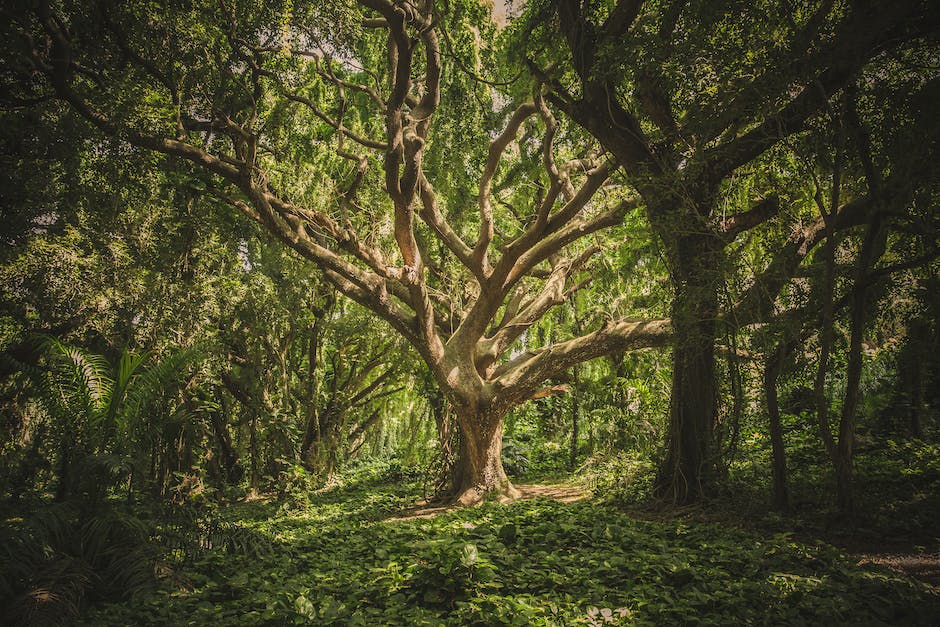When we pick up a pencil to draw, we’re not just creating art; we’re unlocking a world where basic shapes become the foundation of everything we see around us. From the gentle curve of a leaf to the rigid edges of a skyscraper, circles, squares, and triangles guide our hands in translating imagination onto paper. This exploration into drawing with basic shapes invites you to look at the world through an artist’s lens, where every line and curve holds endless possibilities.
Shapes and Lines
Unlocking the Secrets of Drawing with Basic Shapes
Diving into the world of drawing, we unearth a simple truth: At the core of any great masterpiece lies the humble foundation of basic shapes. Yes, that’s right—circles, squares, triangles, and rectangles are your secret allies in creating anything from a lovely still life to a majestic landscape. Let’s embark on an adventure to explore how these simple forms can be your building blocks for drawing virtually anything. Your trusty pencil is all set; let’s add some magic to that blank page.
A Quick Dive into Why Shapes Matter
Shapes are the essence of visual language. They help us break down complex images into manageable parts. Much like how learning letters helps us to construct words and sentences, mastering shapes enables us to compose intricate artworks. The road from a basic circle to a spectacular drawing is not as long as it seems—trust me on this one.
Materials You Need
- Drawing pencil(s)
- Eraser
- Drawing paper
- A keen eye for observation (most crucial)
Square Roots and Circular Reasoning: A Step-by-Step Guide
- Spot the shape: Pick an object you’d like to draw. It could be anything—a coffee mug, a tree outside your window, or your favorite cartoon character. Observe it closely. Try to identify the basic shapes within it. Is its body cylindrical? Does it contain circular wheels? Maybe triangular ears?
- Sketch the skeleton: Start with light pencil strokes and sketch the basic shapes you identified right onto your paper. For instance, if you’re drawing a house, use a square for the body and a triangle for the roof. Remember, these are just guidelines—you’ll refine them as you go.
- Flesh it out: Once your skeleton of shapes is down, it’s time to add details. Rounded edges? Angled wings? Keep adjusting your simple shapes to match the nuances of the object. This step breathes life into your drawing, transforming it from a mere constellation of shapes to a recognizable figure.
- Refinement rendezvous: Now, gently erase your guiding shapes and sharpen those details—add texture to the tree’s bark, shadows under the car, or shingles on the house’s roof. This gives depth and dimension, lifting your drawing from flat paper to vivid storytelling.
- Contrast creates depth: Using your pencil, experiment with light and shadow by varying your pressure on the paper. These nuances of light can turn a flat circle into a glowing moon or an ominous hole.
And voilà! Step back and admire your work. You’ve just traversed from basic shapes to an intricate drawing, all with the magic of observation and some simple guidance.
So there it is, the canvas demystified and yours to explore. With pencils at the ready and shapes in our arsenal, the world of drawing is less daunting and more of an exciting playground. Start with simplicity, add layers, infuse love, and watch as your creations spring to life.
Zone in on those shapes around you; every circle, square, or triangle is brimming with potential—eager to leap onto your canvas. Happy drawing!

Simple Nature Objects
Diving into the World of Trees
Trees, with their splendid variety and towering presence, make for an excellent starting point in nature drawing ventures. Adult or child, who isn’t captivated by the stoic tranquility of a tree? Today, let’s embark on a sketching journey that will see us illustrating these pillars of nature—simple yet majestic. Remember, there’s a creative spark in each of us waiting to be kindled. So, gather your pencils and paper; let’s breathe life into paper with the vivid imagery of trees.
Choosing Your Subject: The Mighty Oak
For beginners, the grandeur of an oak tree offers a forgiving template. Its robust trunk and sprawling branches tell tales of resilience and beauty. Before diving into drawing, let’s observe. Notice how an oak stands, its branches stretching outward, a symbol of strength. Imagining its outline can simplify the drawing process. Ready to start?
Sketching the Trunk and Major Branches
Begin your drawing adventure with a simple vertical line for the tree’s trunk; robust at the base and tapering slightly as it reaches upward. Feeling unsure? That’s perfectly alright. Art is freedom—Let your hand guide you. Next, it’s time to branch out—literally! Draw lightly curved lines emanating from the trunk. These are your oak’s main branches, stout near the trunk and narrowing into the ether.
Filling in the Foliage
Our oak wouldn’t be complete without its leafy crown. Start by sketching a rough outline where the foliage will sit; think of it as a cloud of green perched atop the branches. This doesn’t have to be perfect—nature thrives in imperfection after all. With the outline done, fill it in with smaller, jagged lines to emulate individual clusters of leaves. Here’s a secret—details lie in randomness; some leaves are fuller, others less so. Vary your pressure and allow your pencil to dance.
Ground and Touches of Reality
To anchor our oak, let’s sketch a simple horizon behind it; a line that suggests ground. You might even want to add a modest texture to imply grass or shrubs at the base of the tree, connecting it to the earth. A couple of strokes can transform simplicity into sophistication.
Reflection and Progress
Step back and admire your creation. Your hands have conjured a piece of the wild, channeling the essence of a towering oak onto paper. This journey didn’t demand perfection but rather, courage—the courage to attempt, to make mistakes, and to learn. Each sketch you make carries fragments of improvement; with practice, trees rich in detail and realism will emerge from your fingertips.
Your Inventory of Nature’s Sketchbook
Trees are merely the beginning. Our world is a mosaic of natural wonders waiting to twirl under your pencil—pins of wildflowers, spirals of shells, and the delicate flutter of butterfly wings. Today, it was the noble oak; tomorrow, who knows? The wilderness beckons—let curiosity be your compass.
Remember, the heart of nature drawing lies not solely in final strokes but in the joy of observing and connecting with the world through your artistic lens. Let loose, delve into creativity, and most importantly, cherish every line, curve, and shade that blooms from your canvas. Here’s to countless adventures that await in the simple yet profound act of drawing from nature.

Cartoon Faces
Let’s dive into the whimsical world of creating our very own cartoon characters, focusing on the magical art of transformation using basic shapes. Imagine yourself as a wizard weaving spells with pencil and paper, where circles, triangles, and rectangles become your loyal companions on this enchanted journey.
Why not create a delightful buddy today? Let’s say, a quirky penguin to start our adventure. Before we begin, remember, every great artist was once a beginner, much like you are now. With each stroke, you’re not just drawing; you’re bringing to life a world of joy and color.
Embarking on your Illustrative Quest:
- Shape the Foundation: Begin with a large oval for the body; think of an egg cozy in its shell, rounded and full of potential. For the head, a smaller circle floats above the oval. Are you visualizing our plump little friend taking shape?
- Guiding Lines for Personality: A vertical line extending from the top circle through the oval will be our guide—think of it as the penguin’s backbone standing with purpose or slouching in mischief. A horizontal line across the face helps us position two bright, sparkly eyes that will bring our character to life.
- Fashion the Features: Penguins are incomplete without their charming Tuxedo suits. With a lighter oval inside the body, you sketch the fluffy white belly. A small triangle beneath the head marks where the beak will chirp away tales of icy adventures.
- Wing it With Style: Each side of the large oval sprouts a wing—nothing more than curved triangles, but crucial for our penguin’s huddling warmth or animated gestures when narrating brave exploits.
- The Finishing Touch—Feet and Eyes: Small ovals atop trapezoids form the feet, ready to waddle into hearts. Finally, darken the eyes, leaving a tiny circle within each to reflect a world this penguin dreams of exploring with you.
- Colorful Personalities Unleashed: Give life to your penguin through colors—a dash of yellow for a sunshiney beak, a ballet of blacks and whites to complete the suit, and perhaps, if the charm dictates, a fun accessory like a top hat or a scarf! Let your palette wander as freely as your imagination.
Admire your companion, born of simple shapes, yet brimming with character and zest. Just as this penguin emerged from the pages, thus can any character you dream of—monsters mighty or fairies light, each awaiting their turn to leap from your fingertips.
Encouragement whispers through the rustle of pages; every day holds the promise of new friends to draft and stories to tell. With basic shapes as your allies, the blank page is no longer a challenge but a canvas brimming with possibilities.
As our time intertwining lines concludes, remember this journey’s magic doesn’t end here. Each stroke, each shape entwines you deeper with the art of possibility. Carry onwards with courage dear artist, for with your tool in hand and heart led by curiosity, there is no limit to the worlds you can create.
(alt=”A cartoon penguin created using basic shapes” prompt=”Create an image of a cartoon penguin made using basic shapes such as circles, triangles, and rectangles, with guiding lines and features as described in the text”)”/>
As our exploration of drawing with basic shapes comes to an end, remember that each line you draw connects you deeper with the essence of creativity. The skills you’ve honed and the confidence gained from transforming simple shapes into complex visuals are tools that will serve you well beyond this moment. So keep your pencils sharp and your eyes open to the geometric beauty that surrounds us. With practice and patience, there’s no limit to what you can create on your canvas.
Get high quality content with Writio, the AI content writer. This page was written by Writio.
Leave a Reply